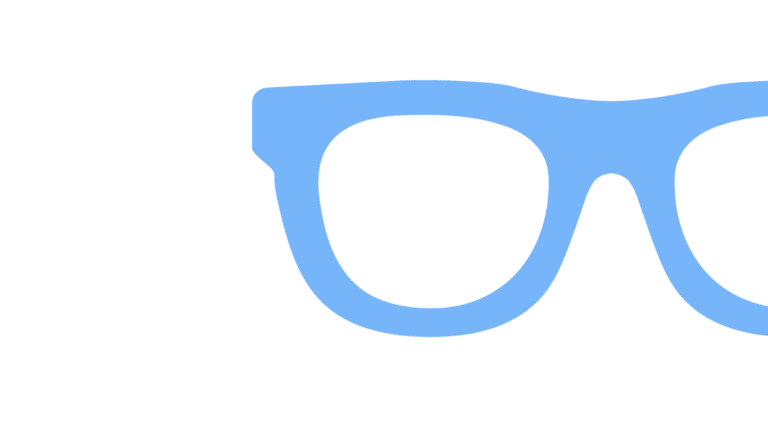
Update, 9/09/21: Facebook unveiled its smart glasses today in partnership with Ray Ban. They are camera glasses without visual AR features but some audio AR foundations. See more details here.
Video emerged this week showing Facebook’s Reality Labs lead Andrew Bosworth’s first-person perspective during family vacation. The implication was that the footage was shot with Facebook’s AR Essilor Luxottica-partnered AR glasses, which may be unveiled tomorrow.
There are no AR graphics in the video, but it nonetheless demonstrates the camera-centric nature of Facebook’s prospective frames – sort of like the first three generations of Snap Spectacles. Or the device’s AR features could be present but minimal, involving light notifications.
This is what we’ve been calling “lite AR.” Visuals (and audio) aren’t world-immersive nor graphically rich, but rather act as heads-up notifications to augment your daily travels. More clues for this approach were seen in Mark Zuckerberg’s comments during Facebook’s Q2 earnings.
“The glasses have their iconic form factor, and they let you do some pretty neat things,” he said. “So I’m excited to get those into people’s hands and to continue to make progress on the journey toward full augmented reality glasses in the future.”
That last part is telling, as a sort of subtle note to manage expectations that “full AR” is still years away. This also aligns with comments that both he and Snap CEO Evan Speigel have separately made about AR’s fully-baked form being more of a 2030 reality.
Style Crimes
Going deeper on lite AR, it eschews the world-immersive (SLAM) properties of AR seen in devices like Microsoft Hololens 2 and Magic Leap One. The experience is closer to the heads-up-display (HUD) orientation seen from North (acquired by Google), or audio features of Echo Frames.
But the question that emerges for the lite AR approach is why? There are clearly design tradeoffs in sacrificing UX robustness for device sleekness and wearability. So what’s the calculus behind choosing one’s optimal point on that sliding scale? As usual, it depends.
For example, Magic Leap prioritized an immersive UX but underestimated wearability needs in consumer products (it since pivoted to enterprise). Hololens went full AR but it was able to pull this off because of its early enterprise focus, where style crimes aren’t an issue (though weight is).
But the formula is different for the consumer-geared Facebook. When choosing between full AR in a V1 device that then slims down over time, versus lite AR that gains immersive qualities over time, it will choose the latter. Consumer AR glasses are dead on arrival if no one wears them.
Beyond product positioning, financial motivation looms large. As we’ve examined in light of Apple Glass, smart sunglasses or corrective eyewear compete more in larger markets – around $200 billion globally – than HoloLens-style AR hardware that’s still in the low single-digit $billions.
But at the same time, the lite AR, HUD-like approach isn’t necessarily ideal either. Will it be underwhelming? Will it cause the mainstream consumer tech world to recoil from AR, as it did when the sector’s circa-2017 hype cycle produced underwhelming results?
Experientially Meaningful
The answer to the above question depends on how tech giants can design around lite AR’s deficiencies. In other words, if they can create something that’s experientially meaningful – if not graphically immersive – that could be one way to pull off consumer-grade lite AR.
The ability to do this may come down to one factor: integration. If AR glasses can have elegant integration with other products — in Facebook’s case, social signals — it could position line-of-sight notifications as a meaningful value-add, compared to looking down at a smartphone.
But when it comes to integration, there’s one company that has a potentially-greater advantage: Apple. Its multi-device ecosystem approach and full-stack make it easier to achieve the above “elegant integrations.” We’re talking synergies with your Watch, Airpods, and iPhone.
Speaking of iPhone, it will be a key corollary to Apple Glass in handling the CPU and GPU heavy lifting. Here, Apple is uniquely advantaged because it can rely on the device it already controls in your pocket, thus shedding glasses weight and cost — key drivers for consumer markets.
Moreover, the multi-device play fits the profile for Apple’s classic ecosystem approach. And wearables continue to be its saving grace in offsetting maturing smartphone sales. Apple Glass could be part of a holistic wearables suite that augments (or gradually replaces) your iThings.
But is there also a fly in Apple Glass’ ointment? When looking at the integrations that could make “lite AR” work as a holistic experience, it may fall down in one category: Siri. Can it be the brains behind Apple Glass, or its front-end assistant? We’ll pick it up there in Part II of this series.
